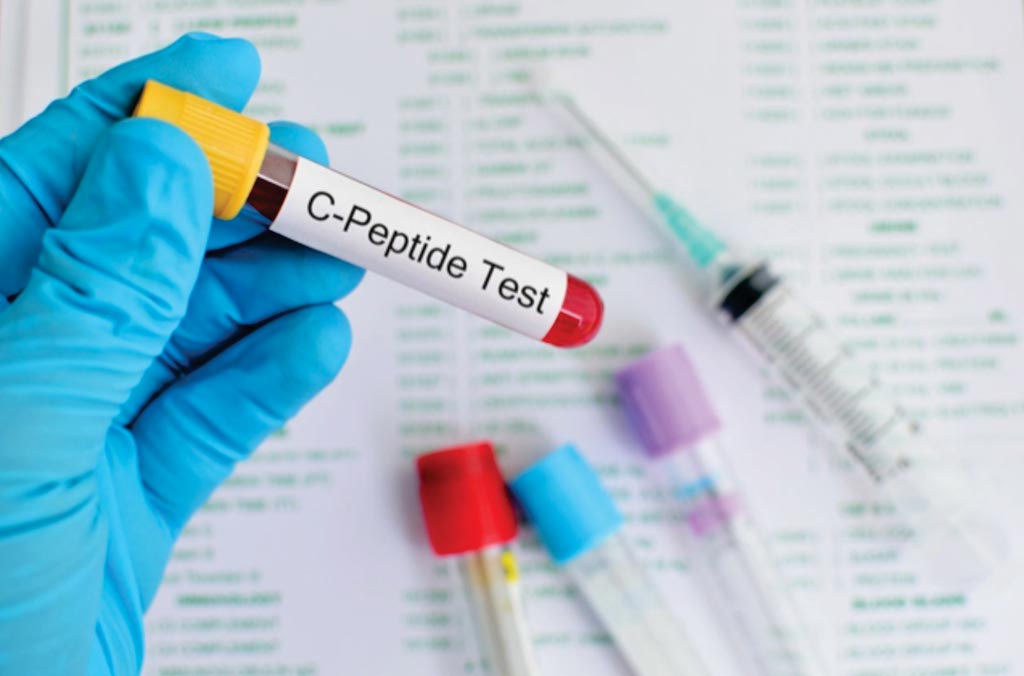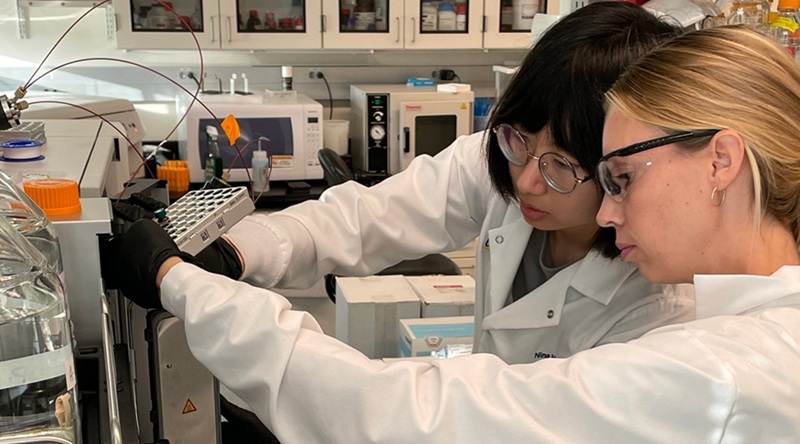C-Peptide Responsiveness May Explain HbA1c Variation
By LabMedica International staff writers
Posted on 24 Apr 2019
The addition of timing measures of C-peptide responsiveness may partly explain the glycated hemoglobin (HbA1c) level variation at diagnosis of type 1 diabetes (T1D) during the oral glucose tolerance test (OGTT).Posted on 24 Apr 2019
Previous studies have reported C-peptide responsiveness changes during the progression to T1D, but there are no data regarding the timing of C-peptide responses at diagnosis and the association with glucose levels. The goal of a new trial was to study whether timing of C-peptide responsiveness during test OGTT might explain variance in HbA1c levels at diagnosis of T1D.

Image: Scientists examined whether timing of C-peptide responsiveness during an oral glucose tolerance test might explain variance in HbA1c levels at diagnosis of type 1 diabetes (Photo courtesy of Amit Akirov, MD).
Scientists at the Indiana University School of Medicine (Indianapolis, IN, USA) and their colleagues enrolled 85 patients age <18 years at diagnosis (mean age, 11.2 years; 51% boys) with complete OGTT data and HbA1c measurement at diagnosis. Peak C-peptide, area under the curve C-peptide, and measures of relative timing were recorded, including early C-peptide response, late C-peptide response, the 120-minute/30-minute C-peptide ratio, and time to peak C-peptide.
The team reported that there was an inverse correlation between HbA1c with measures of overall C-peptide responsiveness: area under the curve C-peptide and peak C-peptide. The inverse correlation was consistent with both early and late C-peptide responses and the 120-minute/30-minute C-peptide ratio. In 27 patients with a peak C-peptide at ≤60 minutes, HbA1c levels were higher compared with 58 participants with a peak C-peptide at >60 minutes. Similar to HbA1c, there was also inverse correlation between 2-hour glucose levels after OGTT with early and late C-peptide responses.
The authors concluded that their findings show that the addition of timing measures of C‐peptide responsiveness better explains HbA1c variation at diagnosis than standard measures alone. The study was published on March 20, 2019, in the journal Pediatric Diabetes.
Related Links:
Indiana University School of Medicine








 (3) (1).png)
 Analyzer.jpg)




